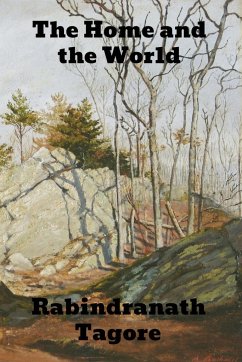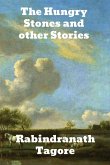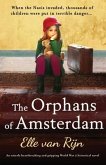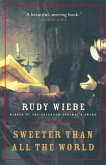The Home and the World is a classic volume by Rabindranath Tagore tells the story of Bimala and her husband Nikhil and a political activist named Sandip. The story is told from the perspectives of these three people and foretells foreshadows the separation of India and Pakistan in 1947. The novel is set in early 20th century India. The story line coincides with the National Independence Movement taking place in the country at the time, which was sparked by the Indian National Congress. There were various national and regional campaigns with both militant and non-violent ideas which all had the common goal of ending British colonial rule. Militant nationalism had a strong showing in the early part of the 20th century, especially during the World War I period. Some examples of this movement are the Indo-German Pact and the Ghadar Conspiracy, both of which failed. Particularly important to the novel is an understanding of the Swadeshi movement as a part of the Indian Nationalist Movement. The Swadeshi movement started in response to the 1905 Partition of Bengal by Viceroy Lord Curzon, which temporarily separated Hindus and Muslims into different geographical areas. The Swadeshi movement was a successful resistance policy against British colonisation. Indian citizens were encouraged to boycott British goods to foster Indian identity and independence. This movement was important in fostering "the new spirit in India," and separating India from Britain, which was largely thought to be responsible for the subsequent widespread poverty. Family structures in traditional India consists of not only the nuclear family but also grandparents, parents-in-law, and unmarried sisters-in-law as well. Though the joint-family is linked to ancient India, it is still prevalent in modern-day India








